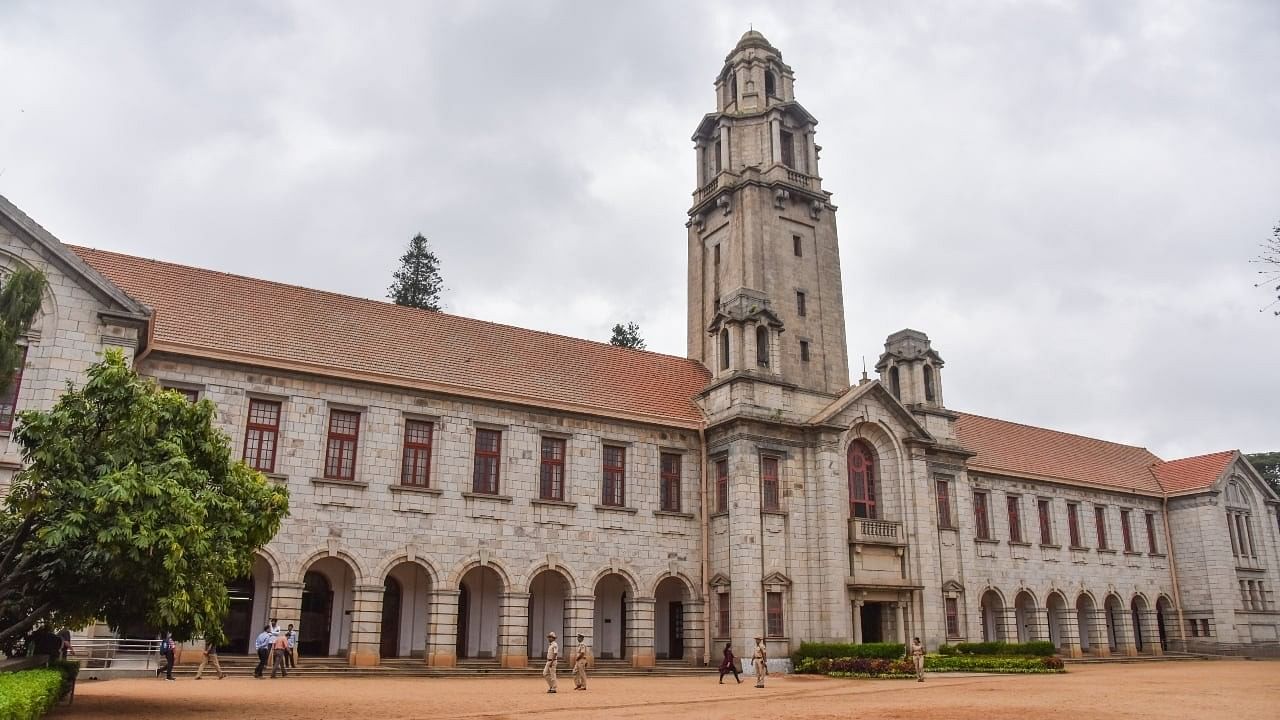
IISc Bengaluru
Credit: DH File Photo/S K Dinesh
Bengaluru: A groundbreaking study by researchers from the Indian Institute of Science (IISc), Bengaluru, the University of Pennsylvania (UPenn), and the Massachusetts Institute of Technology (MIT) has uncovered an energy-efficient method for converting crystals into glass (amorphous state), consuming only one-billionth of the energy required by traditional techniques.
Published in the journal Nature, this discovery has the potential to transform memory technology, presenting a much more efficient solution for devices that use phase-change memory (PCM).
PCM is a type of non-volatile memory, meaning it stores data without power, that harnesses the ability of certain materials to shift between crystalline and amorphous phases, each with distinct electrical resistances representing binary data (0s and 1s).
Seen as a promising alternative to traditional memory technologies like Flash RAM, PCM offers faster write speeds, improved endurance, and greater energy efficiency. It is already being applied in specialised uses, such as cache memory and high-performance computing.
Currently, PCM requires heating crystals above 800°C with electric pulses or lasers, followed by rapid cooling, a process that is highly energy intensive. Traditional glass formation involves melting a crystalline solid and rapidly quenching it to prevent re-crystallisation — similar to how data is written on CDs, DVDs, and Blu-ray discs.
The study reveals that Indium Selenide, a material with unique properties, enables a solid-to-glass transformation through internal “self-shocks”, bypassing the need for high temperatures. When an electric current is applied to its thin, layered structure, the layers slide in different directions, creating “domains” — areas where atoms align in specific patterns separated by boundaries.
These boundaries behave like tectonic plates, generating tiny mechanical and electrical shocks as they collide. Each “earthquake” disrupts the crystal structure, forming small patches that change from crystalline to glassy. This cascading effect ultimately transforms the entire material into glass without requiring melting and cooling.
"PCM research had slowed due to the challenge of finding suitable materials. But now, the 2D structure and unique properties of Indium Selenide have converged to create this ultra-low energy pathway for amorphisation via shocks," said Pavan Nukala, corresponding author of the study at IISc.
"This work sets a foundation for future textbooks on solid-state amorphisation. We are pushing to integrate these devices onto CMOS platforms," he added.
"It is just goosebumps stuff to see all of these factors come together and work in harmony," said Shubham K Parate, co-first author of the paper.